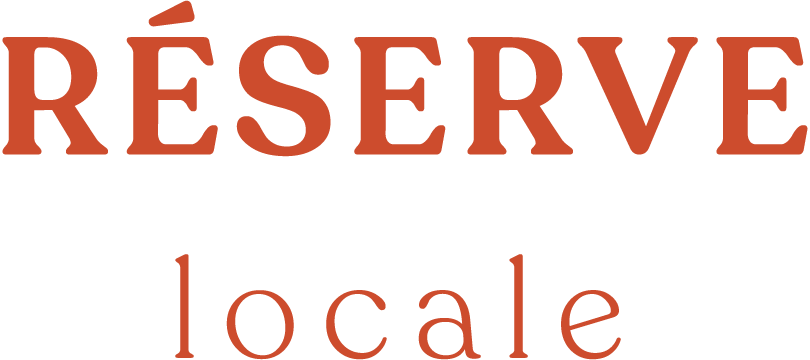Protein-rich and less fatty meat… what is it?
Do you remember the first time you tasted game meat? If you come from a hunting family or hunt yourself, this is probably a question that seems a little crazy to you since this meat is part of your daily life. However, this is not necessarily the case for the majority of Quebecers. Whether it's moose, deer, deer, bison, elk or guinea fowl, game meat is extremely rare in grocery stores. Indeed, we tend to prioritize farmed meats that are familiar to us such as beef, chicken, veal, lamb, etc. So why not discover more about this still little-known type of meat? In fact, game meat should be discovered as much for environmental reasons as for health reasons!
Game meat can be classified into two groups: feathered game (e.g. pheasants) and furred game (e.g. bison). Several studies have shown that game meat has more protein, less lipids and more minerals than farmed meat. What is all the more interesting is that it is now possible to encourage small Quebec breeders who raise game on pasture.
Lipids and proteins
The diet of wild animals differs greatly from that of farmed animals. Indeed, that of game is often more varied and much less processed, since these animals must be content with what nature can offer them. In addition, wild animals work hard for food, must hunt and can even go several days without access to food. All of this therefore greatly influences the lipid and protein content in game meat. The more the animal moves and eats more variedly, the more the protein content in its meat increases and the lipid content decreases. There are other aspects that come into play of course, but this is generally what explains why game meat is much leaner than farmed meat.
In addition, the quality of the lipids present in game meat would also be better. In fact, game meat has a better omega-6/omega-3 ratio. These two lipids are considered “essential” since the body cannot produce them on its own. The problem is that the Western diet provides a large, even too large, amount of omega-6, but little omega-3. It is therefore important to consume foods, such as game meat, with more balanced omega-6/omega-3 ratios, unlike farmed meat which provides very little or even no omega-3.
The minerals
Sometimes forgotten for their importance, minerals are essential for the proper functioning of our metabolism. It is therefore important to consume foods that contain it in order to meet the recommended daily intake. In general, according to Health Canada, the mineral content is higher in game meat than in farmed meat. More precisely, iron, magnesium, potassium and phosphorus were quantified and compared. These minerals are known to help, among other things, with the transport of oxygen in the blood (iron), the formation of bones and teeth (phosphorus), the contraction of muscles such as the heart (potassium) and the construction of proteins. (magnesium).
Game is therefore definitely a meat to discover both for its different taste and for its nutritional attributes. In addition, you can encourage small Quebec breeders who raise game on pasture, fed naturally.
Some ideas for using game meat
- Replace traditional foods in Chinese fondue with our delicious game trio , containing deer, duck and bison
- Grilled on a barbecue, the bison sirloin is a must for fans of red meat
- Make meatballs with our ground elk or ground venison and incorporate them into your meals of the week like pastas and salads
To discover our selection of game, click here !
Sources used for writing this article:
Corneau, L. et al. (2017). The Visual Encyclopedia of Foods . Quebec America.
Health Canada. (2010). Nutritional value of some common foods. p. 30 to 35. Retrieved from https://www.canada.ca/content/dam/hc-sc/migration/hc-sc/fn-an/alt_formats/pdf/nutrition/fiche-nutri-data/nvscf-vnqau- eng.pdf .
Valencak, TG et al. (2015). Healthy n-6/n-3 fatty acid composition from five European game meat species remains after cooking . PMC. Retrieved from https://www.ncbi.nlm.nih.gov/pmc/articles/PMC4483215/ .






Comments (0)
There are no comments for this article. Be the first to leave a message !